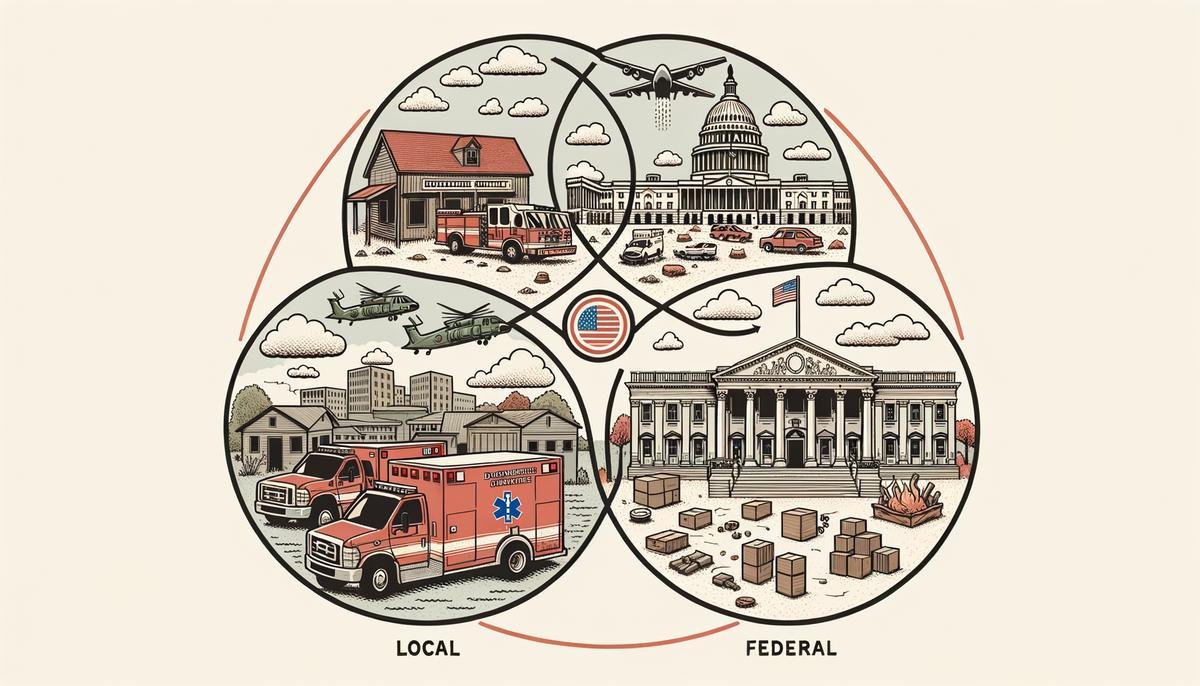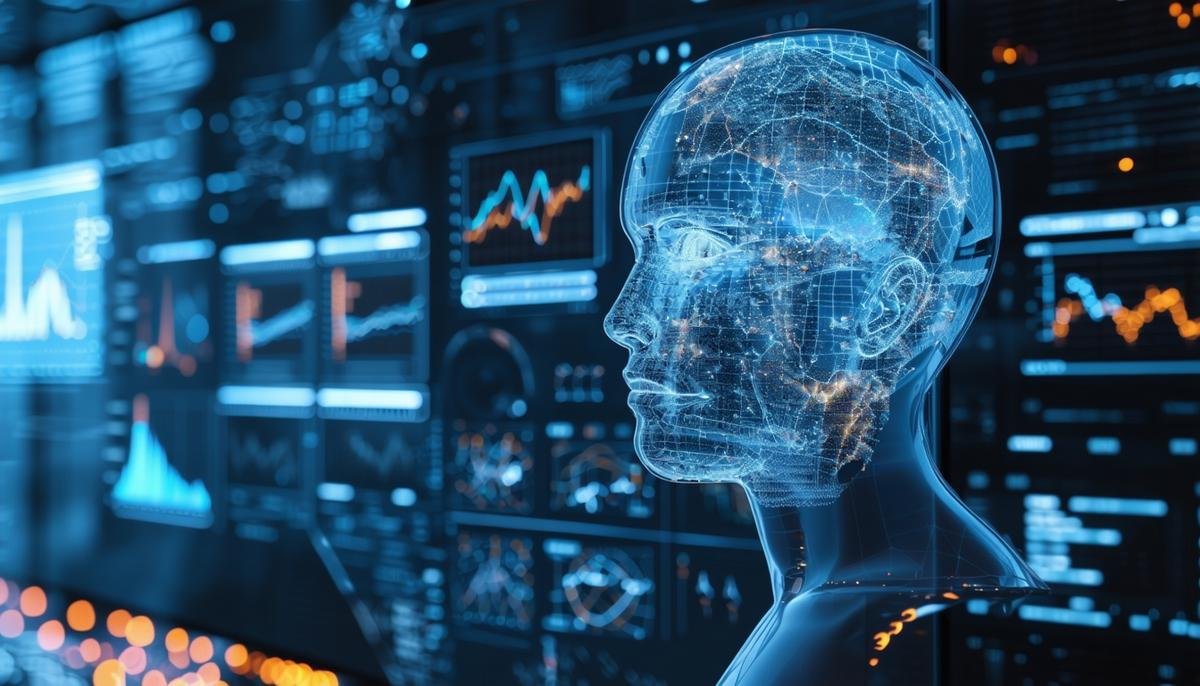Government Roles in Disaster Management
Local, state, and federal governments play distinct roles in disaster management:
- Local governments are the first responders, with police, firefighters, and medical personnel leading initial rescue and recovery efforts. They coordinate with state and federal bodies to form a support network.
- State governments step in when disasters exceed local capacity. They assess situations, advise governors, declare emergencies, and manage resources. States can request assistance from neighboring states or the federal government when needed.
- Federal involvement begins with a presidential disaster declaration, activating agencies like FEMA. The FEMA-State Agreement outlines responsibilities, and a Disaster Field Office coordinates the provision of crucial supplies.
Local groups and private companies also contribute to relief efforts, utilizing local knowledge and providing resources. This collaboration enhances overall disaster response effectiveness.
Year-round preparedness is crucial, with government agencies developing plans and enhancing their disaster response capabilities. Pre-disaster strategies may include updating building codes or training personnel to mitigate future impacts.

AI and XAI in Disaster Risk Management
Artificial Intelligence (AI) enhances disaster risk management by processing vast datasets quickly and efficiently. It can analyze satellite images, weather forecasts, and social media data to predict disaster impacts, calculate evacuation routes, and optimize aid distribution.
Explainable AI (XAI) addresses the "black box" nature of AI by making its decision-making process comprehensible. This transparency fosters trust and informed decision-making among emergency managers.
Challenges in implementing AI and XAI:
- Data accessibility and integration
- Ensuring AI models are adaptable to different disaster scenarios
- Ethical considerations, such as ensuring AI models yield reliable results across various contexts
For AI and XAI to be effective in disaster risk management, collaboration between tech developers, government agencies, and other stakeholders is essential. This cooperation will help streamline the implementation of AI-driven innovations in disaster response efforts.

Public-Private Partnerships in Disaster Response
Public-private partnerships bridge the gap between governmental frameworks and private sector innovations in disaster response. Private companies contribute financial backing, technological resources, and operational expertise.
Every $1 spent on disaster mitigation saves government agencies $6 and creates jobs.1
Financially, corporations and businesses donate funds to support aid distribution, infrastructure reinforcement, and long-term recovery efforts. These contributions enable organizations on the ground to act effectively.
Technologically, private enterprises provide tools like satellite imagery, drone surveillance, and AI-driven data analysis. These innovations help responders gain real-time insights into affected areas, evaluate damage, and predict vulnerabilities.
Collaboration between private companies and government bodies optimizes disaster response by sharing logistics strategies, offering communication platforms, and providing training on advanced equipment use. This partnership requires shared objectives, open communication, and a commitment to addressing immediate needs while planning for future contingencies.

Challenges and Opportunities in AI-Driven Disaster Relief
AI-driven disaster relief faces challenges in data access and ethical considerations. Limited or fragmented data can hinder AI's decision-making capabilities, necessitating coordinated efforts to improve data sharing across organizations.
Ethical frameworks are crucial to ensure AI solutions are transparent and accountable, especially in life-critical situations. Comprehensive testing of AI models across diverse environments is necessary to avoid potentially harmful outcomes.
Opportunities lie in fostering collaboration between tech innovators, government bodies, humanitarian organizations, and local communities. This alliance can bridge current gaps and ensure AI-driven tools are accessible, functional, and applicable to real-world scenarios.
The future of AI in disaster relief depends on:
- Improved data flow
- Ethical use
- Cross-sector partnerships
Addressing these challenges can enhance the technology's potential to transform disaster management and response efforts.

Technology and collaboration shape disaster management by building resilience. Progress in this field demonstrates human ingenuity and the ongoing pursuit of improved safety and recovery methods.
- Pew Charitable Trust. Disaster Mitigation Spending Report.



